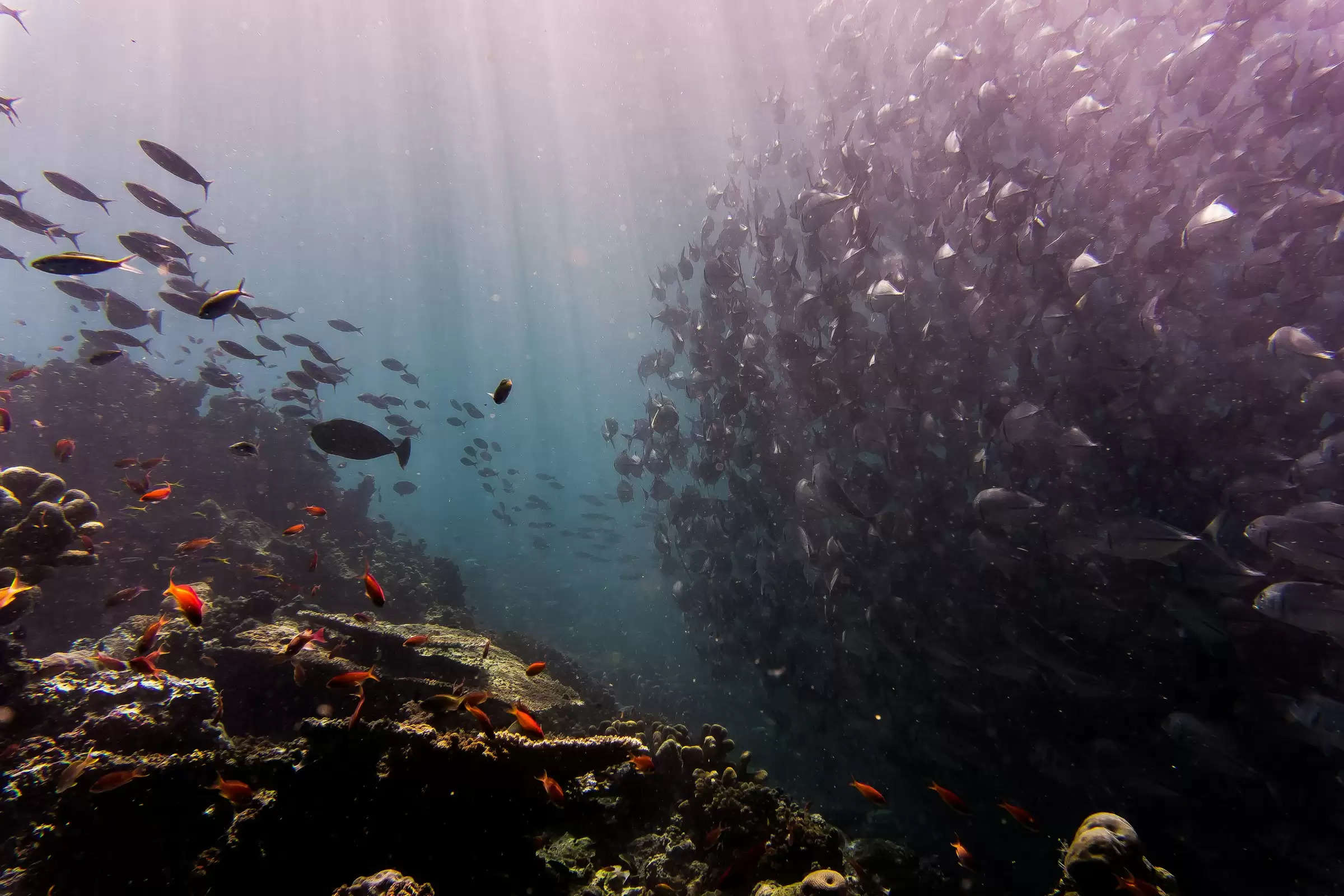The Wallace Line: Biogeographical Mystery

Hidden within the depths of the Indonesian archipelago lies a boundary that separates two vastly different worlds. The Wallace Line, named after the eminent naturalist Alfred Russel Wallace, has captivated scientists and explorers for centuries, offering a tantalizing glimpse into the intricate dance of evolution and geography.
Stretching between the islands of Bali and Lombok, this invisible barrier marks a profound shift in biodiversity, presenting a puzzle that continues to intrigue and mystify researchers to this day.
The Geological Tapestry
One prevailing theory attributes the formation of the Wallace Line to the geological tumult that reshaped the Indonesian archipelago. During periods of glaciation, sea levels plummeted, creating land bridges that facilitated the migration of species between islands.
However, as the ice receded and oceans rose, these bridges vanished, isolating populations and fostering divergent evolutionary paths. Over time, this isolation led to the distinct biogeographical patterns observed today.
Ecological Dynamics
But geological processes alone cannot fully account for the intricacies of the Wallace Line. Other factors, such as climatic shifts and ecological dynamics, play crucial roles in shaping biodiversity patterns.
The region's complex mosaic of habitats—ranging from lush rainforests to arid savannas—creates diverse niches that drive speciation and adaptation. Additionally, the influence of human activities, including habitat destruction and species introductions, adds another layer of complexity to the puzzle.
Baffling Behaviors: Birds and Water Organisms Around the Wallace Line
One of the most perplexing aspects of the Wallace Line is the behavior of birds and water organisms in the region. While some species exhibit clear preferences for either the Asian or Australian side of the boundary, others seem to defy conventional biogeographical patterns, appearing on both sides or displaying unexpected distributions.
Birds, renowned for their ability to traverse vast distances, often challenge our understanding of biogeography with their seemingly indiscriminate movements. Similarly, water organisms, including fish and invertebrates, may show unexpected distributions influenced by ocean currents and ecological interactions.
Understanding the factors driving these baffling behaviors is essential for unraveling the complexities of the Wallace Line and gaining deeper insights into the evolutionary processes shaping biodiversity in the region.
Advancements in Understanding
Recent advancements in molecular genetics and computational modeling have provided new insights into the origins and dynamics of the Wallace Line. By analyzing DNA sequences and ecological data, researchers can reconstruct the evolutionary history of species and trace their dispersal patterns across the archipelago.
These cutting-edge techniques have revealed unexpected connections and uncovered cryptic lineages, challenging conventional notions of biogeography and evolution.
Challenges and Conservation
Despite these advances, the mysteries of the Wallace Line persist, inviting further exploration and discovery. As climate change accelerates and human impacts intensify, the region faces unprecedented challenges, raising concerns about the fate of its unique biodiversity.
Conservation efforts are crucial to preserving the delicate balance of ecosystems and safeguarding the evolutionary wonders that inhabit these islands.
In the end, the Wallace Line serves as a poignant reminder of the interconnectedness of life on Earth and the enduring legacy of exploration and discovery. Its enigmatic allure continues to inspire scientists and adventurers alike, beckoning us to unravel its secrets and unlock the mysteries of our planet's past and future.
.jpg)
